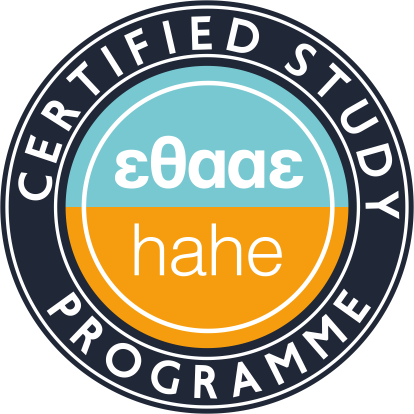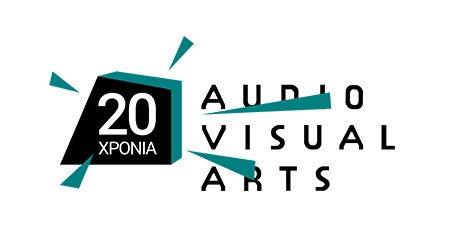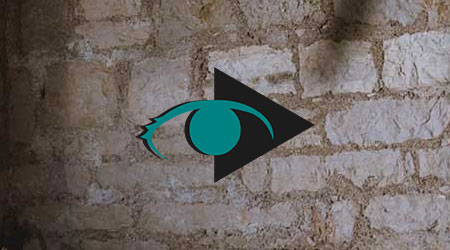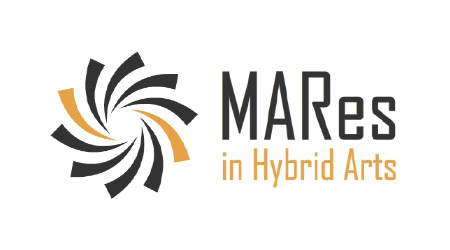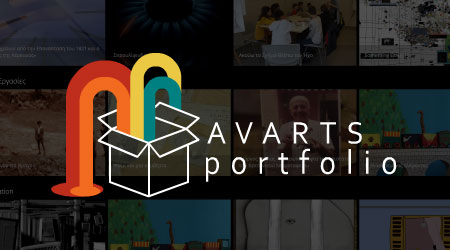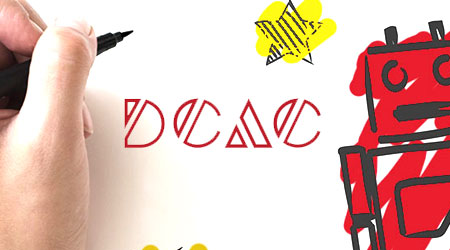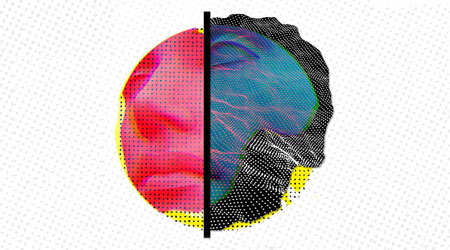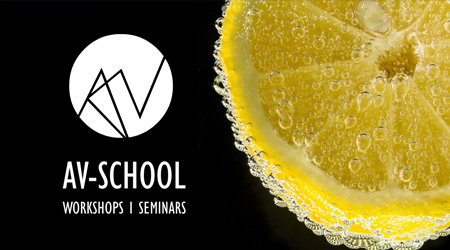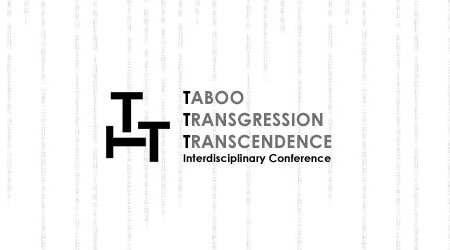Sound Design
Teaching Staff: Loufopoulos Apostolos
Course Code: AUD323
Course Category: Specific Background
Course Type: Elective
Course Level: Undergraduate
Course Language: Greek
Delivery method: Lectures
Semester: 3rd
ECTS: 4
Teaching Units: 2
Teaching Hours: 2
E Class Page: https://opencourses.ionio.gr/courses/DAVA202/
Teaching Structure:
| Activity | Semester Workload |
|---|---|
| Lectures | 26 |
| Literature Study and Analysis | 48 |
| Practice and Preparation | 26 |
| Course Total (ECTS: 4) | 100 |
Recquired / Recommended : (AUD221)
Prerequisite to / Recommended to: AVA643, AVA944
Introduction to the meaning of sound design from a creative perspective: sound arts and arts combining sound with image. Historical reference to the role of sound design from antiquity to modern era. New aesthetic tendencies and development of sound methods. Sound in theatre, cinema, cartoons, motion graphics, multimedia. Basic pronciples of sound recording, editing and mixing through audio software. Introduction to foley techniques, and creation of artistic samples for synchronizing with image.
The module aims to introduce students to sound design, as this is materialized in creative applications, not only as sound alone, but also as sound to be combined with image. The theoretical part of this module refers to history of sound design, in correlation with artistic needs, and the development of technology, from antiquity to modern era. The practical part is creative, in that students are expected to create sound compositions to accompany and synchronize with video. Through these practises, students get familiar with sound creative tools, but also with aesthetics regarding audio visual applications.
1st Week: Introduction and terminology
2nd Week: History of sound design, from antiquity to modern era: art, architecture, sound phenomena, constructions, ancient theatres, musical instruments and acoustic devices, live performance of sounds.
3rd Week: Modern era: electricity and new mediums. Recording of sound and image, development of sound design in correlation with development of audiovisual technology and new methods.
4th Week: sound and music in modern era, recording mediums and electronic musical instruments.
5th Week: Sound design and cartoons, now and then. Foley techniques, sound constructions, live performance, overdubbing. Projection of works and projects.
6th Week: sound and image, cinematography, television, video games, multimedia. Comparison of styles, techniques and artistic aims. Fixed and interactive mediums.
7th Week: software and editing methods: getting familiar with sequencers and creating micro-structures and sound effects. Sound recording in the class and in the field.
8th Week: software and editing methods 2: synchronizing sound with video and animation. Theory and examples. Stereo and surround sound.
9th Week: Presentation of student projects (progress essays) and discussion.
10th Week: Presentation of final projects in the class (A)
11th Week: Presentation of final projects in the class (B)
12th Week: General overview, preparation
13th Week: Final presentation in the form of artistic event.
Lotis, T., Diamantopoulos, T., 2015. Music Informatics and Music with Computers. Athens, Academic Publishers. http://hdl.handle.net/11419/4920
Kyriakoulakos, P., Kalambakas, E., 2015. Sound and Sound Design. (in Kyriakoulakos, P., Kalambakas, E., 2015. The audiovisual construction). Athens, Academic Publishers. http://hdl.handle.net/11419/3876
Theory is taught via multimedia presentations, which are available online through the e-class platform. On a practical basis, students familiarise with recording, editing, mixing, and audiovisual synchronization techniques through their personal projects, which are projected discussed in class throughout the semester (peer-to-peer knowledge exchange).
Enhanced by multimedia content.
The learning process is supported by the asyncrhonous e-learning platform e-class.
Examination is made through a final project (sound design for animation) which is given at the end of semester as a video file, accompanied by a written supporting document. The student's progress throughout the semester and activity in class are also appreciated.
Back
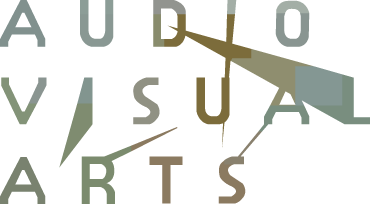


 Sound Design
Sound Design